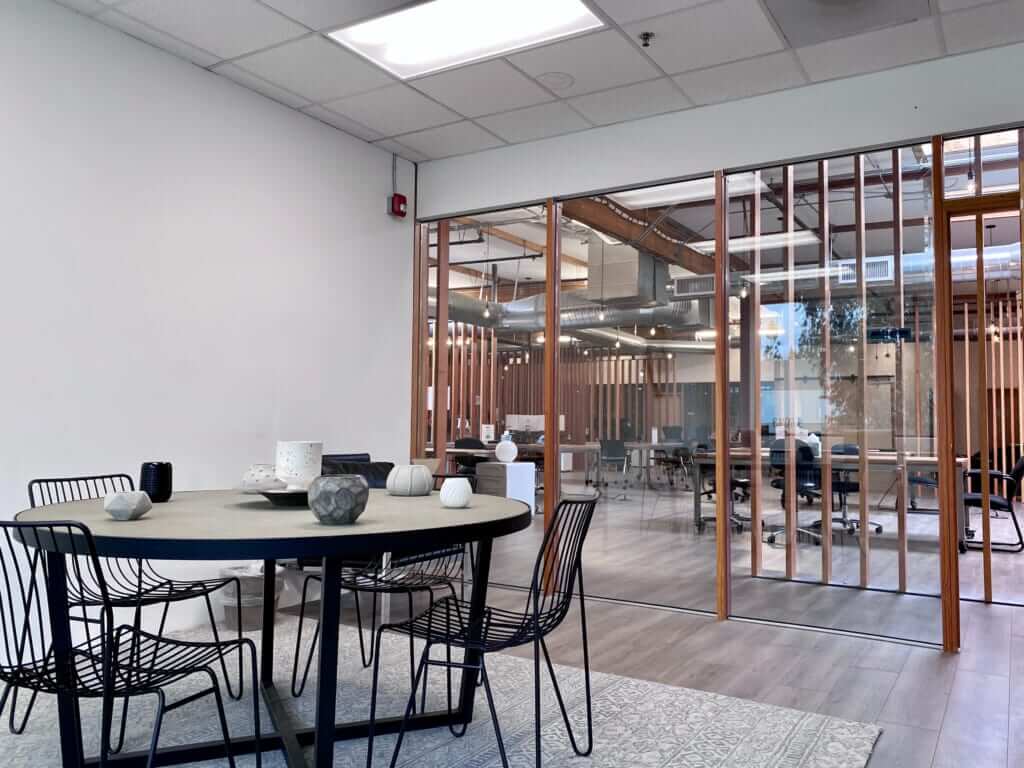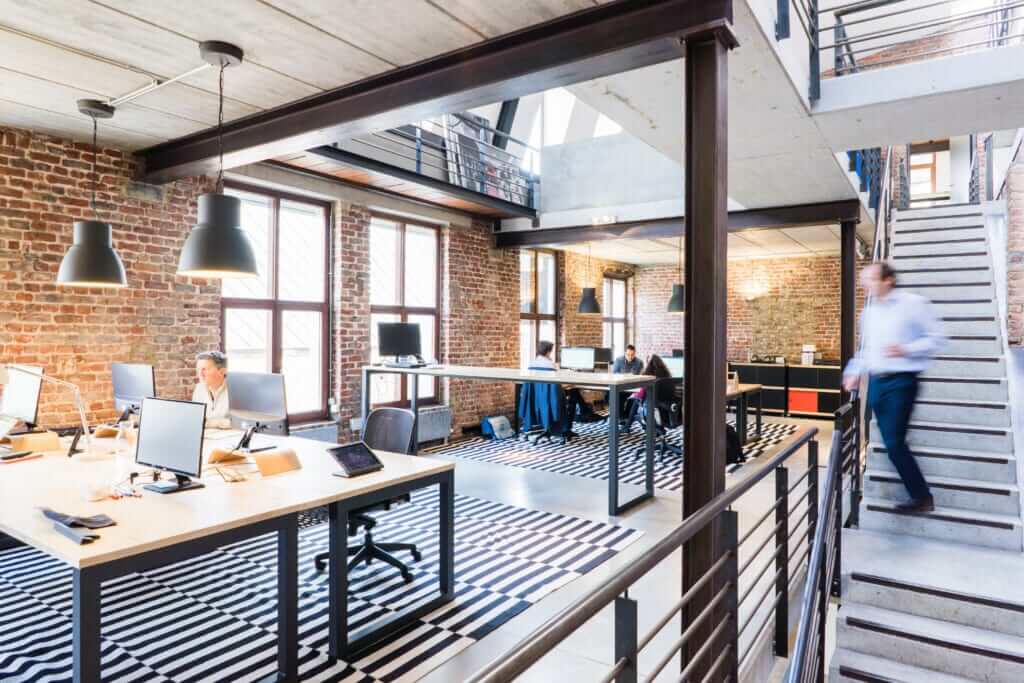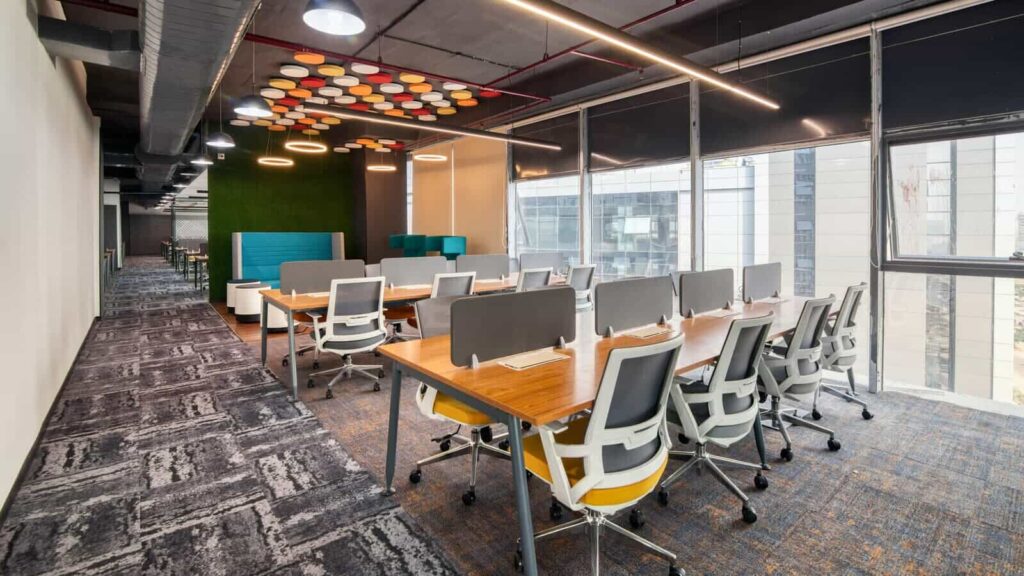


When considering office moving costs, several factors come into play and numerous seemingly unexpected things to include. As a result, predicting the cost of moving offices is not simple and can vary significantly from one company to another.
The variation in projected cost is so significant that a 3,000 square foot space can range from $1,500 to a high of $9,000, and that only includes estimates for packing and moving. We need to remember that packing and moving are not the only costs that will crop up. There is an abundance of other things that cost money during a move, and it is difficult to predict the cost of moving an office in total accurately.
So, to get the best value for your money, it is wise to use a moving consultant and a professional mover who can provide a free estimate. While an online moving cost calculator can give you a good idea of what to expect, a consultant is an essential part of the move itself. An online calculator should not be your last stop. Remember that hiding information during your free estimate consultation will only result in unforeseen costs later down the line, even if you have chosen full-service movers. The more honest you are with them, the more likely they are to provide a fair price that is accurate.

Companies move office space for several different reasons. Often the choice to move is made because a company is growing and has outgrown its current office space. Other times there might be an increase in revenue that means better, but not necessarily bigger, premises can be acquired.
Moving office space does not necessarily mean relocating the entire office. There can be an expansion within a building that requires some moving around. Even a move like this will incur costs. It is advisable to use a professional moving team even for small scale projects to avoid unnecessary damage to equipment and furniture.

Companies might want to relocate their offices entirely to be in a better location. But, unfortunately, this is where the serious moving expenses will come in.
It is pertinent to hire a professional moving team early on in the process for full-on office relocation. If the moving company you decided to use is inexperienced, or if you chose not to use professional teams at all, you might end up incurring costs to replace damaged furniture and equipment. In addition, moving office furniture and equipment is not easy and involves a degree of finesse that amateurs or the inexperienced might lack.

When relocating an entire office, one of the biggest concerns for your clients is likely their physical files. Many places are using almost exclusively digital files, which makes the moving process easier. However, it is not yet uncommon to still be relying on at least historical files that are not digitalized.
In this case, where physical files are involved, clients might feel that a move makes them vulnerable to data breaches.
It is advisable that you remove and discard any unnecessary files that are creating clutter during the labeling and packing process. Make sure to follow the correct ethical procedures for disposing of these files. This is a function that staff members can undertake. Most will be physically able to pack paper into moving containers without much difficulty, and they will be better at accurately labeling files. However, it will be better to make sure that the movers are the ones to move the actual containers as they might become very heavy as they fill up with files.

We cannot stress enough how valuable the services of professional movers can be. Having a team in place that is adequately trained to care for your data, equipment, and furniture can make a significant difference in losses incurred because of damage to furniture and equipment. Still, they are also better equipped to protect your data that might be stored on the equipment that you are attempting to move.
Professional moving companies are essential moving expenses to consider when making an office move. Although they might seem expensive off the bat, they can cut down your total cost due to high levels of efficiency and less risk of damage due to extensive experience.

The size of the office that you are trying to move to is likely to be one of the main cost factors. This is likely to determine how much equipment, furniture, and physical data must be transported. A popular reason for an office move is the need for larger premises. If your office space is relatively large or even small and complicated, it is a good idea to make a floor plan of how the new space will be packed. Make sure to account for every square foot.
Once you have drawn up a floor plan, make sure to label furniture accordingly. Providing the moving crew with a floor plan that coincides with labels on furniture and equipment will enhance their efficiency in unloading these things in the correct areas at the new space. Again, this can be a cost-saving measure as it shortens and simplifies the process.
This is a factor that is easy to forget about when working out the total moving expenses. It is not readily apparent as an ‘expense’ per se but still needs to be considered when calculating the total cost of the move.
An office move can take up to 12-months if you are moving large premises, and there will be work time lost no matter how long the move takes. However, as we all know, work time lost is revenue lost, which needs to be considered from the start.
Even when you are only moving a small office, and it is a local move, consideration must be made for the business hours that will be lost. We cannot expect employees to do their regular office duties while moving to a new location.
This is another moving cost that can be missed. It might be a better idea to request that employees take as many personal items as possible home with them until the move is complete. That way, the company can save money and time while the employee is expected to move only their personal items that they might not be comfortable leaving up to moving services to handle.
It is not uncommon for staff to have numerous personal items in their offices. This can significantly add to overall estimated costs, especially if you have a large workforce with many employees.
It is no secret that moving a short distance can be quicker and cheaper than moving far away. Do not use local movers for long-distance moves unless they have special long-distance plans. If possible, use specialized long-distance moving companies instead of as they are likely to be more cost-effective, more secure, and far more experienced with the challenges of a long-distance move and all the unexpected additional moving costs involved.
Long-distance moves also involve relocation costs for employees. The company needs to provide such costs where employees are also expected to relocate their own households to be closer to the new space. The company must also consider that some employees will naturally have higher moving expenses than others, which makes it a problematic factor to include in the estimated moving costs calculations. Employees should then also be encouraged to use a moving company, and the employer can go so far as to suggest a preferred company so that they can be sure to save money through package deals.
One consideration we also need to remember with long-distance moves is the potential loss of customers. This will depend primarily on your industry and the specialization of your company. Still, it should be factored in that if you move premises, there is a possibility that some of your customers will not be able to stay with you. The hope is that you will gain new customers in your new location.
No matter how experienced a crew is, we need to be prepared for some damage during the relocation process to the new office. It is unavoidable when looking at moving expenses. Using professional services can significantly lessen the risk and overall degree of damage, but there are always factors to consider that might be unavoidable.
Consider making use of specialized moving insurance policies for the duration of the move so that damages could potentially be covered by insurance rather than needing to be carried out of pocket, especially when moving expensive equipment. However, even when not moving expensive equipment, we need to be aware that accidents can happen; for example, a long-distance move could see a truck involved in a road traffic collision which could incur large-scale damage to a company.

This can be more difficult than it seems, and some employees might not agree with the move. It might even result in some resignations, especially when it is a long-distance move. In addition, some might not be able to relocate with the company, which will mean having to replace employees and additional work time lost in the time it takes to replace employees and train replacements.
Should employees need to relocate, and the company needs to carry those costs, it is likely to involve admin-intensive processes that are also time-consuming and, if not done correctly, can carry further additional costs.
If employees cannot relocate, the company might even incur early termination fees, which in some cases can be pretty steep. We also need to bear in mind that relocation costs for individual employees will vary depending on their personal circumstances.

Whenever you move into new premises, there is always a risk of hidden or unexpected costs involved with the new property. For example, there might be repairs required that were not readily apparent during the inspection, or there might be a need for renovations to accommodate your individual company’s needs. These costs should also be included in moving cost estimates.
Furthermore, the distance that needs to be covered between the old office and the new one will significantly impact the cost.
Something that is important to check in the new space would be differences in wireless access points. Remedying this can incur additional costs.
Whenever moving to a new location, it could be beneficial to discuss with the property manager at the new office space. They might have some suggestions on moving costs.

Moving office furniture can be highly time-consuming and requires a lot of manpower and planning ahead. It is simpler than moving office equipment but can be more of a physical strain, especially if you choose not to use moving companies.
Moving companies are often quick and efficient with furniture relocation and would undoubtedly get the job done much faster than a group of untrained people. This is yet another reason to consider hiring professional movers.
Some moving companies will have their own trucks. If the company is small or does not cover long distances, others might require the business they are moving to hire the trucks from a third party.

Arguably the more challenging aspect of moving to a new office location is moving the physical, electronic equipment. Depending on your industry, your equipment might be quite sensitive and can be quite large and difficult to move. Even standard office printers can be difficult to relocate.
Physical equipment is a broad category that can potentially cover any tangible equipment that is not considered furniture. For example, everything from computers to printers, to phone systems, not to mention the contents of a server room.

Although we live in a world that is rapidly moving towards wireless electronics, most office equipment is still electric, so there is bound to be plenty of cables. Smaller equipment such as computers need to be handled with care, and their cables and accessories need to be carefully managed as well.
A professional moving company will likely already have a process for managing such. In addition to a moving company, you could also benefit from hiring packing services rather than expecting employees to pack their equipment.

This is the most comprehensive insurance option as it covers both the company and the customer for the entire process.
This kind of insurance covers only items with considerable value assessed before the moving date.
Weight value protection assigns an overall monetary amount per weight measurement value (usually per pound) for all of the company’s assets that will be moved.
Cargo insurance covers the shipment of equipment and furniture.
This type of insurance covers the use of mobile storage units. These might be more appropriate to use when you know the move will take a long time and you need to put some items in storage for a while but do not want to risk packing and repacking them too often.
A mobile storage unit is delivered to your location, where it is packed and then taken away and delivered as-is on an agreed date to a new site. This cuts the time that the cargo is packed and repacked in half.
This only applies in cases where the company that is relocating hires the moving truck. This type of insurance will cover the rental truck and its contents for the duration of the journey.
This type of insurance is more suitable for smaller moves that will likely not take a very long time and probably do not cover long distances.

As much as moving takes a physical toll and can be a logistical nightmare, there are also a significant number of administrative hurdles to get through when moving office buildings. One of the biggest hurdles on the administration side can be notifying and moving addresses and services from third-party providers.
It is easy to get distracted by the thought of shuttling boxes and managing build-out costs, but at the same time, we need to remember that there might be unforeseen costs with third-party providers, such as an internet service provider. A move to a new space can have such an effect that it might be necessary to change internet service providers simply because you are moving out of your current provider’s range.
There will also be numerous additional costs depending on your industry.

You are likely to know the upfront costs of the move before the actual moving date. Many of those will require a deposit of some sort. Upfront costs range from an average of $50 to $500 per employee workstation. This only includes the actual cost of the portable moving container, packing, and moving physical things, like equipment and furniture.

Being able to answer the question; how much does it cost in the end will be invaluable in your financial preparations.
Remember that there is more to an office move than moving cable and data lines and deciding between long carries and local service providers. We need to make sure that we have considered all possible avenues and engaged with professionals who can help with this process.
It is not enough to sit on computers ranging searches to estimate costs; actual cold-call research is often required to make accurate estimates for your area and your company’s individual circumstances. There are so many different options and price plans out there; you just need to find the one that works best for you and your business!
